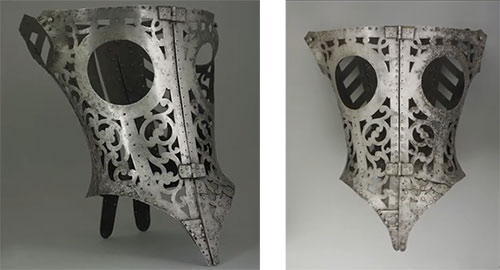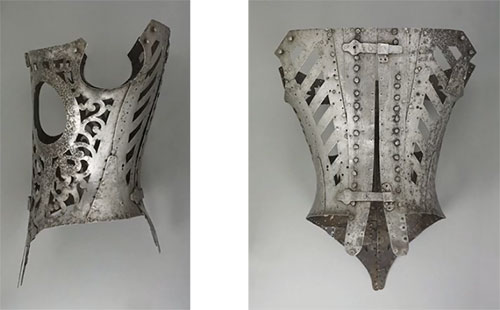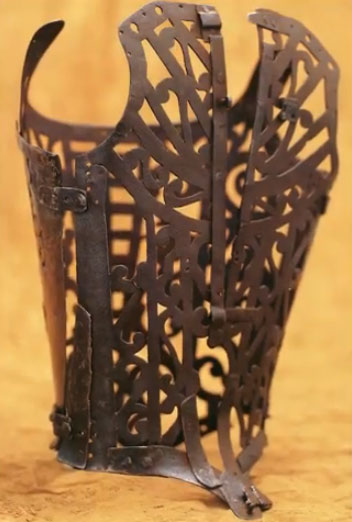 When did women start to wear corsets? How did the first corsets look like? How did they bone them? Was the shape of Renaissance corsets any different from modern pieces? Let’s find answers for these and some other questions about the 16th-century corsetry. This garment was popular among European women for centuries and had several names, including “corset”, “stays”, “pair of bodies”, you name it. And the history of this item is fascinating.
When did women start to wear corsets? How did the first corsets look like? How did they bone them? Was the shape of Renaissance corsets any different from modern pieces? Let’s find answers for these and some other questions about the 16th-century corsetry. This garment was popular among European women for centuries and had several names, including “corset”, “stays”, “pair of bodies”, you name it. And the history of this item is fascinating.
The article is based on the video by Natalya Skornyakova:
The first corsets came into fashion during the Renaissance period – in the early 16th century. That’s when the female dress was divided into a separate bodice and skirt. This style of a gown allowed the skirt to become wider and puffier and the bodice tighter.
In the 1520s, the bodice was made from the fabric greased with bone or fish glue to make it stiffer and coarser. By the mid-16th century, boned bodices appeared. And by the late-Elizabethan era (the end of the 16th century), a corset became a separate piece of clothing called in England “pair of bodies”.
The oldest pair of bodies is dated 1598. It belonged to Dorothea Sabina von Neuburg. Today, it is a part of a museum collection in Munich. And, by the way, the shape of this garment is very different from modern hourglass-shaped corsets. The fashionable silhouette of the time for women was flat, so no generous busts emphasized by a corset.
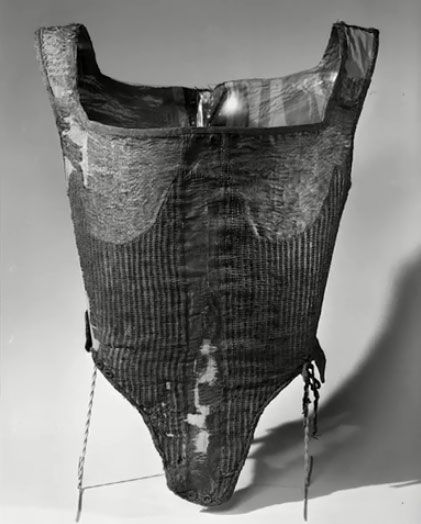
Authentic corset of Dorothea Sabina von Neuburg
“Why was it trendy to make the chest look flat?” you may ask. There is a logical explanation. At the time, fine fabrics were expensive and had beautiful large patterns on them. The bodice was made flat to showcase those patterns in all their glory. If there were any gathering, seams, or tucks, the pattern would be ruined.
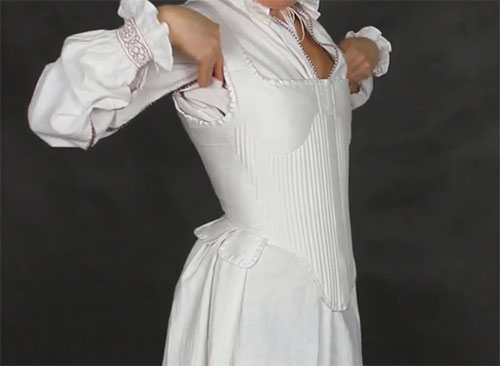
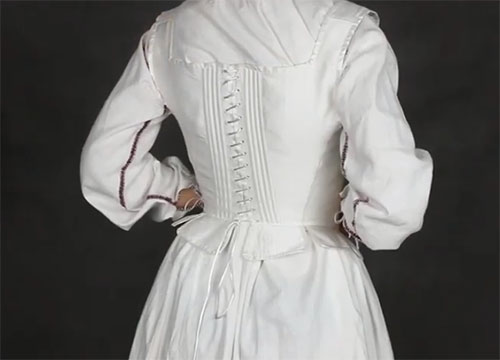
Modern reconstruction of Dorothea Sabina von Neuburg’s stays
This pair of bodies was boned at the stomach, sides, and part of the back (along the lacing); the breast area was boneless. Also, it had a busk – wooden or bone element at the front. The main purpose of a busk in Renaissance corsets was to flatten the stomach.
Here is another period corset. It belonged to Queen Elizabeth I and is dated 1603. Actually, it was produced for the funeral effigy after her death. The whole surface of this stays was boned. It was also laced at the front.

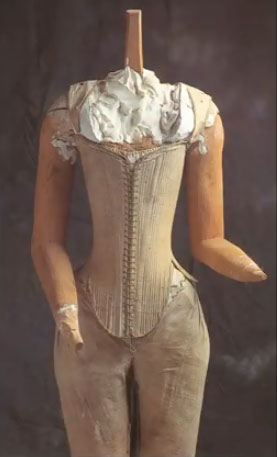
Funeral corset of Queen Elizabeth I
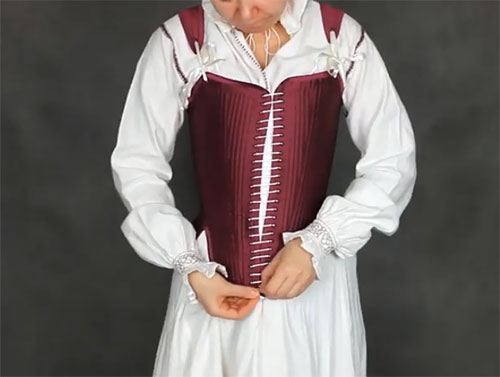
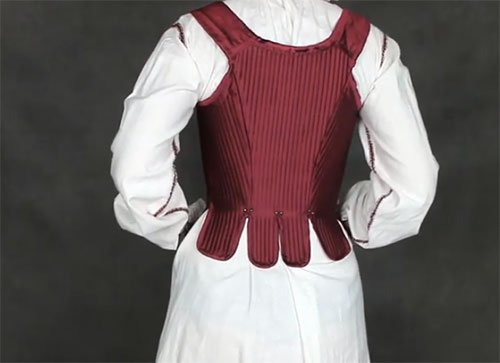
Modern reconstruction of Queen Elizabeth’s pair of bodies
The Renaissance corsets had one more unique feature – special holes used to attach a petticoat. The underskirts were laced to the bodice to keep them in place.
Metal Renaissance corsets
If you’re interested in historic costumes, you might have seen intricate metal constructions used as corsetry. And if you haven’t, take a minute and look into them – they really look like artful pieces. But still, who wore them and why? The whalebone was widely used in that period after all!
European fashion historians and other specialists in this area think that metal corsets were used during the Renaissance period but only as orthopedic devices. They were covered by fabric to protect the skin of a wearer. And they most probably weren’t used by healthy women who didn’t have any spine problems.
